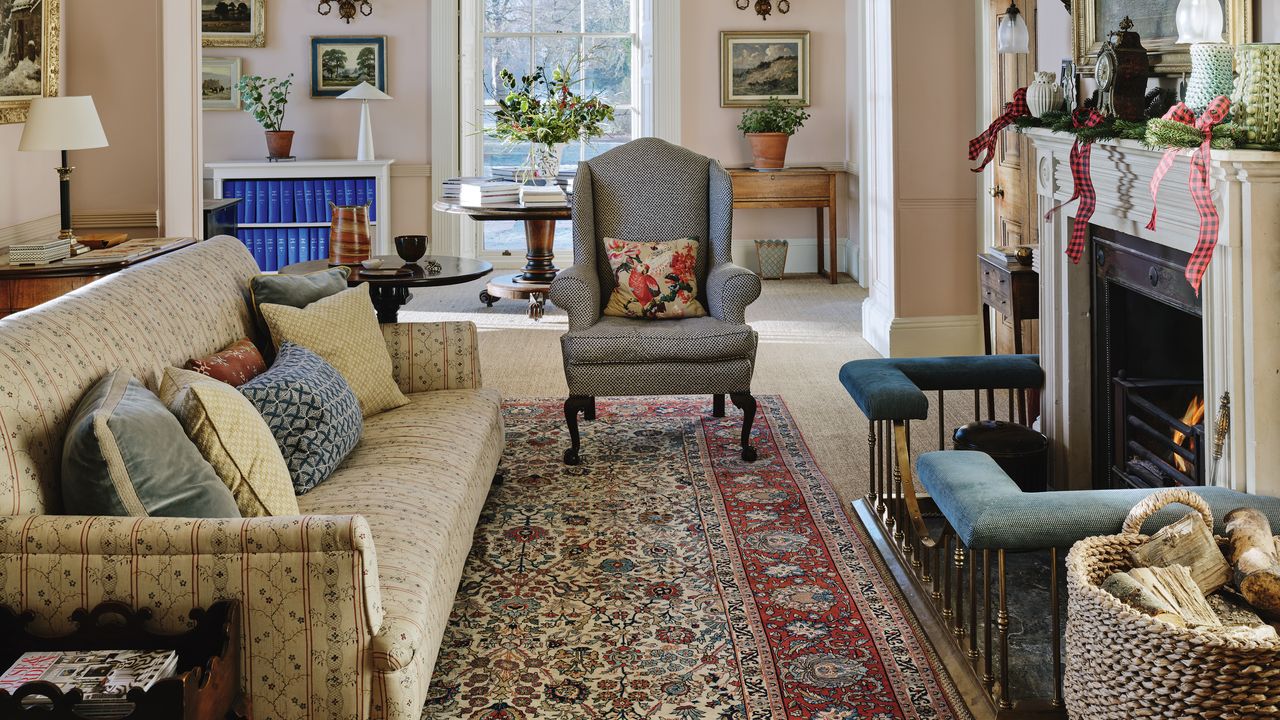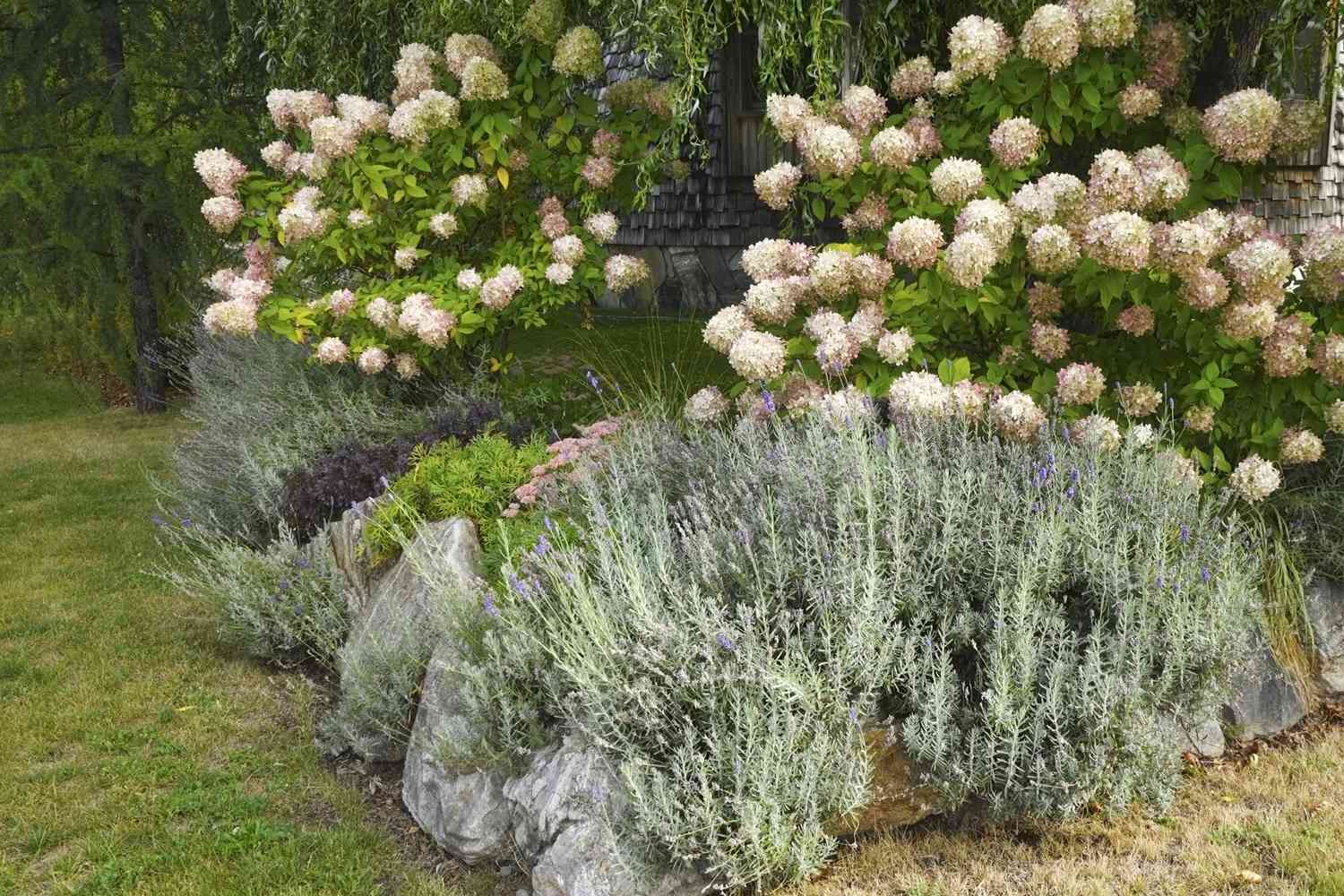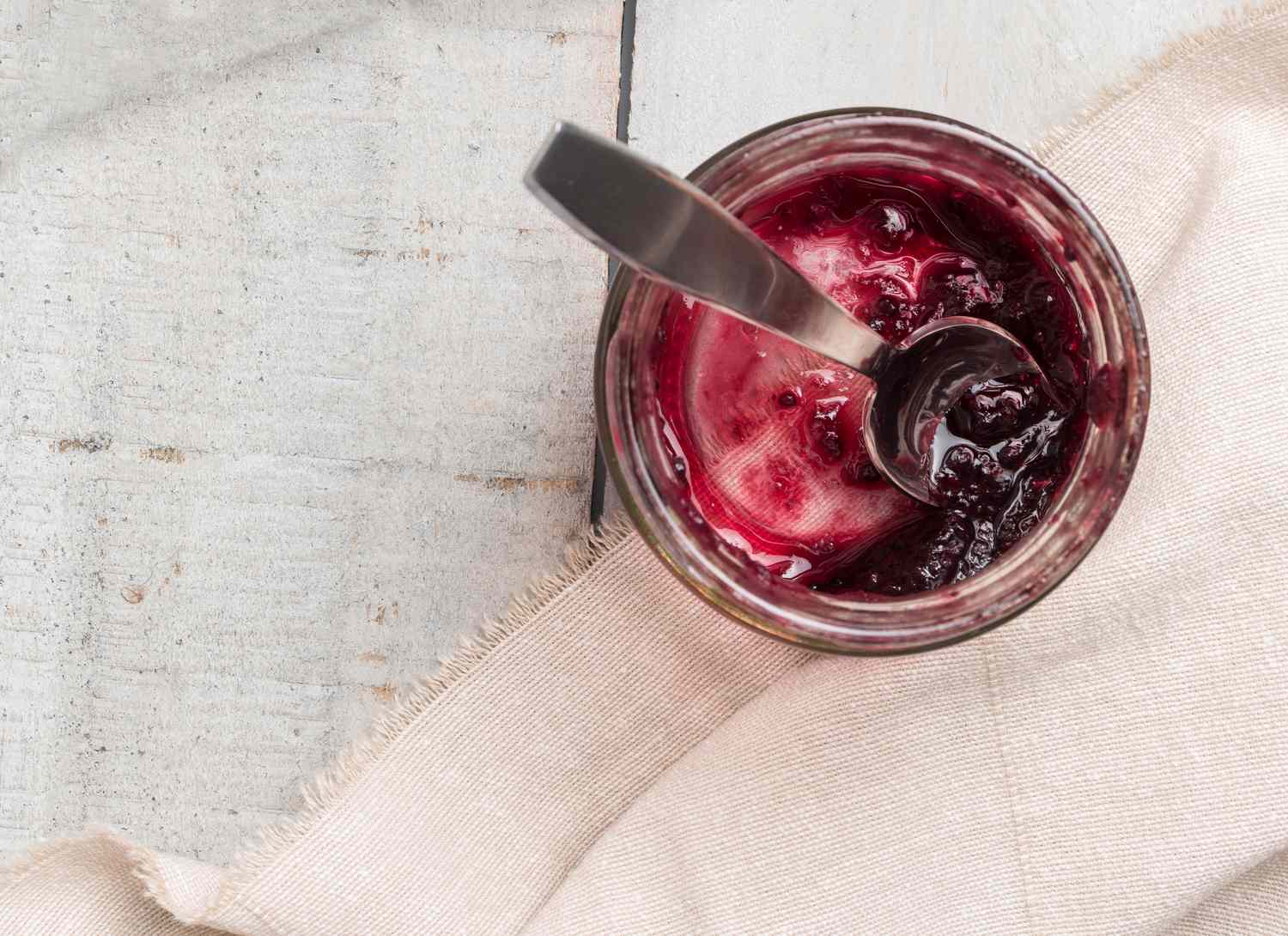
Dear Fiona: how do I cope with my husband’s hideous heirlooms?
Dear Fiona,
My husband has just inherited several pieces of squat, bulbous, Victorian furniture and some dark and depressing oil paintings, which he wants us to incorporate into our house. The selection consists of a huge dining room table with some very unwieldy chairs (fortunately, not enough to have to use as dining room chairs), an elaborately carved behemoth of a sideboard, an also elaborately carved four-poster bed which sounds romantic but really isn’t (it’s massive, and his grandmother died in it – do I need to find someone to do a cleansing ceremony?), various other odd bits of furniture – and of course the oils.
My husband recognises that none of it is exactly beautiful – and so do my parents-in-law – and yet they’re all weirdly attached to it all. I thought about sticking most of it in the guest bedroom with the fourposter, but I don’t think it will all fit, nor can it all go in his study which is the other obvious place. We will use the dining room table though – but the idea of putting the sideboard in the dining room too fills me with dread for all the dinner parties and Christmases to come. Is there a way I can weave these aesthetically unappealing vast brown heirlooms into our lovely light and airy quite modern interior so that they don’t stand out? What do I do with the paintings? And am I unintentionally going to curse my children with a similar appreciation for gloomy Victoriana? Or do I need to put my foot down? My husband would back me up, but I also think he’d be sad about it – and my in laws would definitely mind.
Love,
Undecided of Oxfordshire XX
Dear Undecided,
You’ve hit upon one of the most fascinating facets of taste, which is the impact of nurture. Your longer letter mentions that all this furniture comes from the house that your mother-in-law grew up in, and where your husband spent many of his (very happy) holidays when he was a child. Comparably-ish, I grew up in a series of army quarters heavily stocked with G-Plan furniture – not the sleek mid-century style which now goes for a fortune on Vinterior, but the blockier 1980s variety – all of which I now hold in deep affection (so much so, that when interning in the furniture department at the Victoria & Albert Museum, I started a file on it). Even Rita Konig has previously confessed to suddenly noticing a picture that she’d hung in her husband’s farmhouse in County Durham isn’t actually at all attractive – but she hasn’t taken it down, because it’s been in other houses she has loved.
Ultimately, when it comes to interiors, Stockhausen syndrome is all too common; it just takes a happy childhood and the most gopping furnishings develop a particular beauty. (There are, among us, those for whom aesthetics take precedence over sentimentality, but evidently your husband has soul, and does not fall into this camp.) This doesn’t immediately help you as you didn’t grow up surrounded by heavy, carved wood, but it might be useful to know where your husband’s attachment to these pieces comes from. It might also be reassuring to learn that you’re far from alone in lacking appreciation for the Victorian period. Daniel Slowik damns it with faint praise when he quotes Nancy Lancaster’s rule that every room needs ‘something a little bit ugly’ and points out that “Victorians often added that little bit too much ornament, which makes their furniture perfect for the purpose.”
Encouraging? Or depressing? It’s true, you could put your foot down – but is it worth it? House & Garden’s Editor Hatta Byng lives in a house her husband’s grandfather bought in 1951; architecturally important, it’s open to the public on occasion, and the rooms contain a lot of inherited furniture. “I couldn’t just decide to have something cool or minimal,” she says, of her interiors. “It very much wasn’t about creating my perfect Instagram house but creating a home with what was here.” Which is a lesson to us all so let’s make what you’ve got fit – even that sideboard – and attempt to find the benefits of what you’ve been given, beyond providing that element of ugly. For Hatta suggests that “almost every interior – particularly those in the country – can benefit from some well-chosen antiques.” True, you didn’t choose yours yourself, but somebody did, and, if well-placed, their patina has the potential to bring depth to your rooms, to bestow what Nicola Harding (whose designs are not what anyone would describe as traditional) defines as “resonance.” In other words, yes, you can integrate these pieces in a manner that means they don’t stand out.










